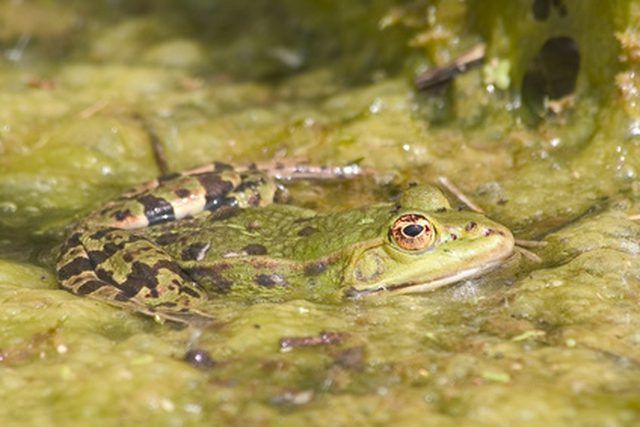Bulbs
Flower Basics
Flower Beds & Specialty Gardens
Flower Garden
Garden Furniture
Garden Gnomes
Garden Seeds
Garden Sheds
Garden Statues
Garden Tools & Supplies
Gardening Basics
Green & Organic
Groundcovers & Vines
Growing Annuals
Growing Basil
Growing Beans
Growing Berries
Growing Blueberries
Growing Cactus
Growing Corn
Growing Cotton
Growing Edibles
Growing Flowers
Growing Garlic
Growing Grapes
Growing Grass
Growing Herbs
Growing Jasmine
Growing Mint
Growing Mushrooms
Orchids
Growing Peanuts
Growing Perennials
Growing Plants
Growing Rosemary
Growing Roses
Growing Strawberries
Growing Sunflowers
Growing Thyme
Growing Tomatoes
Growing Tulips
Growing Vegetables
Herb Basics
Herb Garden
Indoor Growing
Landscaping Basics
Landscaping Patios
Landscaping Plants
Landscaping Shrubs
Landscaping Trees
Landscaping Walks & Pathways
Lawn Basics
Lawn Maintenance
Lawn Mowers
Lawn Ornaments
Lawn Planting
Lawn Tools
Outdoor Growing
Overall Landscape Planning
Pests, Weeds & Problems
Plant Basics
Rock Garden
Rose Garden
Shrubs
Soil
Specialty Gardens
Trees
Vegetable Garden
Yard Maintenance
How to Get Rid of Moss in My Farm Pond
How to Get Rid of Moss in My Farm Pond. Phosphorus is the nutrient in shortest supply and, therefore, the focus of a pond owner's control. When phosphorus enters a pond via your watershed, yard clippings or decomposing plants and animals, it is re-suspended in the water column and made available for pond moss, or algae, to consume. Filamentous...

Phosphorus is the nutrient in shortest supply and, therefore, the focus of a pond owner's control. When phosphorus enters a pond via your watershed, yard clippings or decomposing plants and animals, it is re-suspended in the water column and made available for pond moss, or algae, to consume. Filamentous algae is also known as pond moss because of its buoyant nature. This type of algae is a common problem in ponds, but there are several ways to prevent it from taking over.
Things You'll Need
Net with 16-by-12 inch frame one-quarter-inch mesh
Rake
Pond dye
Hand or backpack sprayer
Copper-based herbicide
Non-copper based herbicide
All weather enclosure
Compressor
Weighted air tubing
Air diffuser
Wield your large dip net and scoop out the mats of floating algae onto the shoreline. Since the algae is actually growing up from the bottom of the pond, reach as far underwater as your handle will allow. Rake the discarded algae and dispose of it away from your pond in a waste bin. This is the most permanent form of algae control since you physically remove the phosphorus from the pond totally preventing it from re-suspending nutrients.
Add pond dye to the water column. This is the simplest and cheapest method of algae prevention. Dyes come in blue, blue/black and black, are non-toxic to all aquatic organisms and provide a filter to sunlight entering the pond, preventing algae from using sunlight to convert carbon dioxide into organic fuel.
If copper-sensitive fish like carp, trout, koi or goldfish live in your pond, mix a non-copper based algaecide/water solution in your hand or backpack sprayer per the label rate listed on the side of bottle. If the aforementioned fish are not present, you can use the more conventional and effective copper-based herbicide. Use a fan spray tip and lightly mist the floating mats of algae to ensure an even distribution of chemical.
Install a bottom-based aeration system. Mount your compressor inside a ventilated, weatherproof enclosure on the shoreline or wherever power is available. Connect one free end of weighted tubing to the compressor; connect the other end to your diffuser's hose barb, making sure to use a stainless-steel clamp to secure the connection. Maneuver your boat out to the deepest area of the pond and slowly lower the diffuser to the bottom, making certain it rests right side up. Bottom based aeration creates an oxygen rich environment at the sediment-water interface which binds up phosphorus with naturally occurring iron. This effectively renders it unavailable for algae to use as a food source.
Tips & Warnings
Do not use copper based herbicides in the presence of carp, including koi, trout or goldfish. These are the only freshwater fish that cannot tolerate these chemicals.
Be aware of wind direction when spraying herbicides as drift onto non-targeted plants is a possibility.